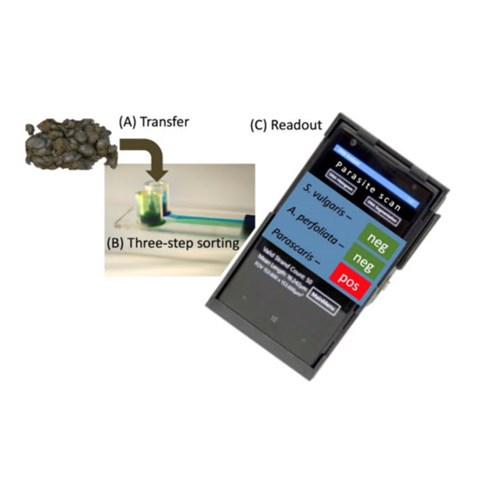Horses are exposed to parasites in the pasture as they graze, and all horses have parasitic worm infections to some degree. Keeping many horses on a relatively small surface, which is common, increases the risk for infection by parasites. Furthermore, parasitic worms developing anthelmintic resistance is an increasing problem. For the well-being of horses, it is important to limit the parasite burden. SLU researchers, together with researcher from Lund University, are developing a new diagnostic tool.
The one-year project was launched in 2018 and was financed by SLU Future One Health (previously SLU Future Animals, Nature and Health).
SLU Future One Health supports interdisciplinary research that is part of the One Health concept – optimal health and welfare for both humans and animals in sustainable ecosystems.
Read more about SLU Future One Health, ongoing research projects and forthcoming funding opportunities.
